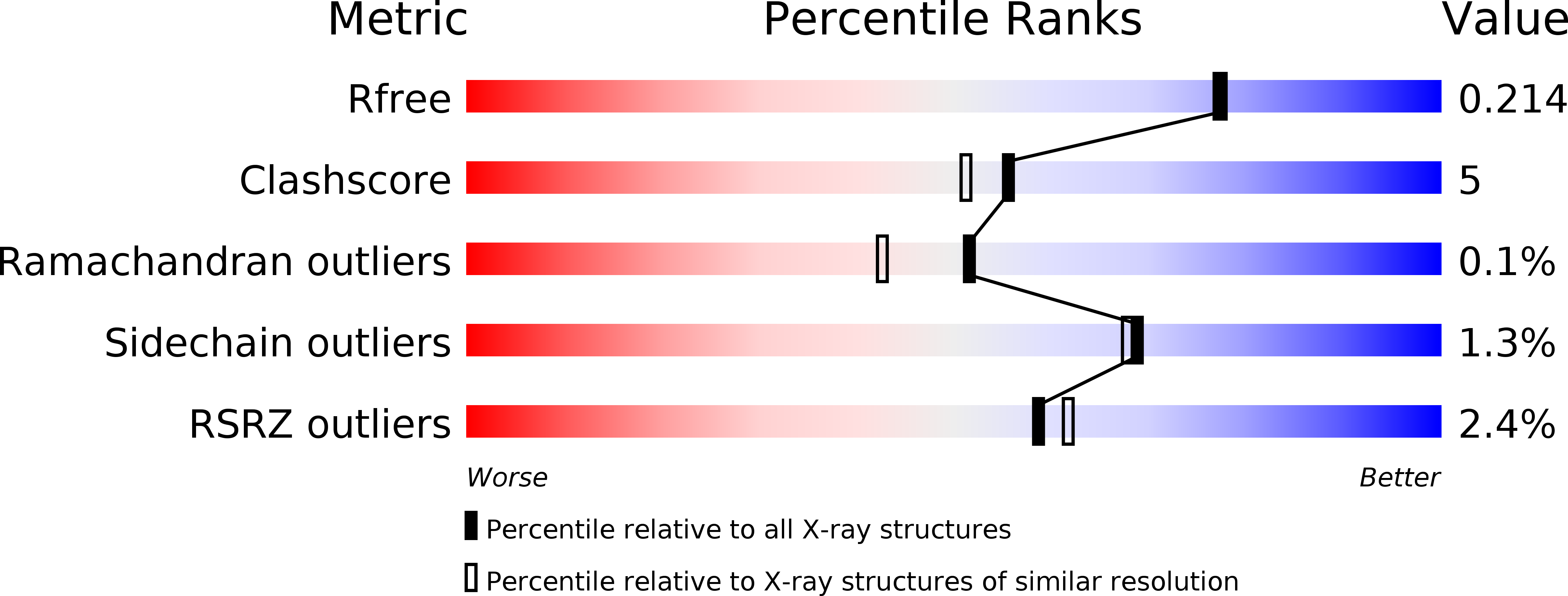
Deposition Date
2013-05-29
Release Date
2013-08-14
Last Version Date
2024-05-08
Entry Detail
Biological Source:
Source Organism:
SACCHAROPHAGUS DEGRADANS (Taxon ID: 203122)
Host Organism:
Method Details:
Experimental Method:
Resolution:
1.90 Å
R-Value Free:
0.21
R-Value Work:
0.17
R-Value Observed:
0.17
Space Group:
P 41


